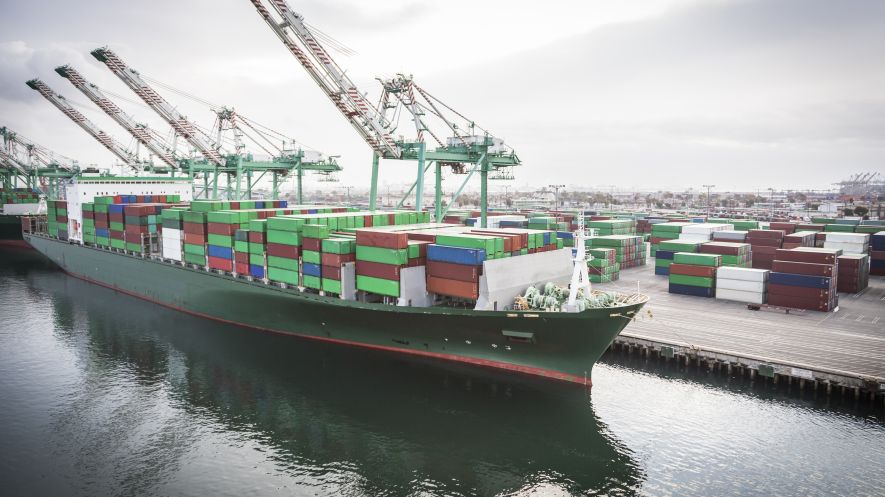The Port of Long Beach, California announced in October 2015 that it has surpassed every air pollution reduction milestone set for 2014 due to air quality improvement programs, including cleaner diesel trucks, low sulfur fuel, and the increased use of shore power for ships.
“The Port of Long Beach remains the greenest Port in the world, reducing emissions while increasing economic activity,” Long Beach Mayor Robert Garcia said in a press release from the Port. “The Port’s consistent commitment to sustainability and our environment should be celebrated.”
According to an annual emissions survey, the port has reduced diesel particulates by 85% since 2005, nitrogen oxides (NOx) by 50% and sulfur oxides by 97%. These reductions surpassed the goals established under the San Pedro Bay Ports Clean Air Action Plan, according to Long Beach Port and community officials.
According to the port’s 2014 emissions inventory, the majority of trucks that service the port’s terminals – more than 91% - are diesel-fueled vehicles. Alternative fuel trucks, primarily those fueled by liquefied natural gas (LNG), made approximately 8.2% of the terminal calls in 2014, according to the Port’s Clean Trucks Program (CTP) activity records and the Port Drayage Truck Registry (PDTR).
The port prohibits trucks older than Model Year (MY) 2007 from entering the complex and requires that trucks register with the port. There are a small number of pre-2007 trucks that get access on a one-time basis but have to pay a significant fee. According to the dray truck registry, about 60% of the 16,887 registered trucks entering the port are MY 2007-2009. The remainder are MY 2010 or newer.
“The Port of Long Beach has shown that accelerating investments in new technology clean diesel trucks has propelled the port to both environmental and economic gains,” said Allen Schaeffer, the Executive Director of the Diesel Technology Forum. “Over the last 10 years, emissions from heavy-duty diesel trucks, buses and other vehicles have been reduced by 99% for nitrogen oxides - an ozone precursor - and 98% for particulate emissions. Today it would take 60 trucks powered by a newer diesel engine to equal the same emissions from one truck manufactured in 1988.”





